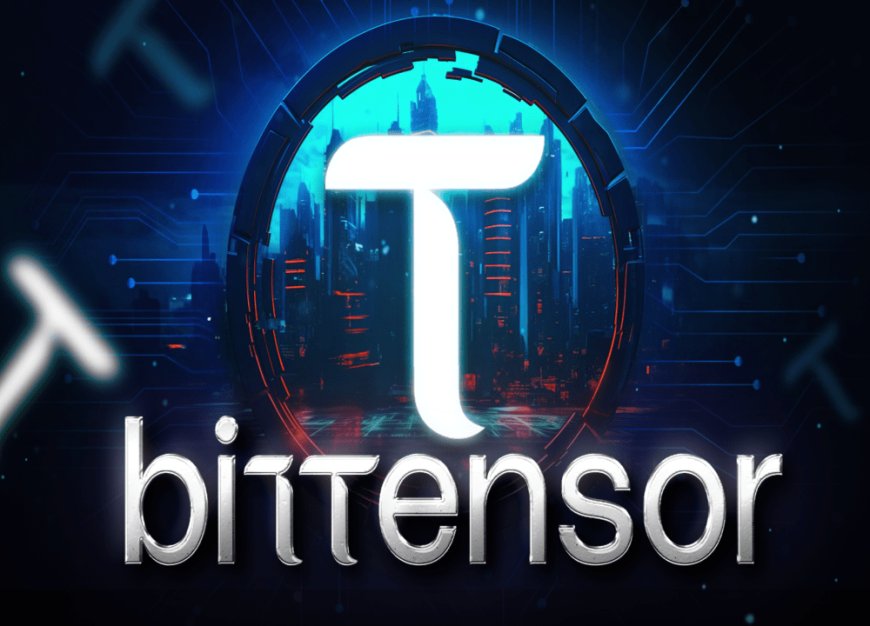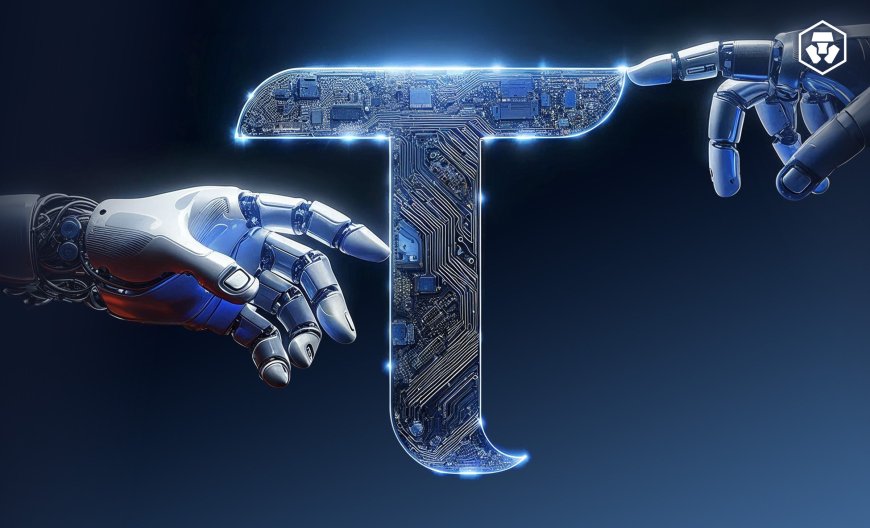Exploring BitTensor: A Decentralized AI Ecosystem for the Future of Blockchain and Data Engineering
BitTensor is an innovative project at the forefront of decentralized artificial intelligence (AI) and blockchain technology. By building an ecosystem where AI models compete for accurate predictions, BitTensor aims to revolutionize the traditional AI and blockchain landscape, creating a network that is not only decentralized but also highly efficient and sustainable.

Introduction
BitTensor is an innovative project at the forefront of decentralized artificial intelligence (AI) and blockchain technology. By building an ecosystem where AI models compete for accurate predictions, BitTensor aims to revolutionize the traditional AI and blockchain landscape, creating a network that is not only decentralized but also highly efficient and sustainable. Unlike centralized AI models, BitTensor fosters transparency and competition, ultimately leading to better model outputs across various domains, from financial forecasting to data storage.
This article delves into BitTensor's unique approach to decentralized AI, explores its applications, and highlights the critical tools, such as the Feature Set Creator and Request Network, that set this platform apart from conventional solutions in the blockchain and AI industries.
1. What is BitTensor?
BitTensor is a decentralized, open-source platform designed to bring AI into the blockchain world. It provides an environment where AI models can compete and collaborate across subnets, working together to make accurate predictions. This network is built on the foundation of competition, driving innovation and improvement in model accuracy. Unlike traditional centralized AI models, BitTensor ensures complete transparency and offers users control over the AI process, as models openly compete to be selected for their performance.
2. The Origin and Vision of BitTensor
The inspiration for BitTensor came from the need for a decentralized and open-source platform that leverages AI to solve complex problems across industries. The project launched without any pre-mining or token lock-ups, making it a truly fair launch. This means there are no concerns about significant token dumps or unlocks, ensuring the project grows organically and sustainably.
The developers behind BitTensor believe that Bitcoin’s energy-intensive nature could be channeled into AI solutions that offer valuable real-world applications. By using blockchain technology in a decentralized network, BitTensor not only sustains its own ecosystem but also scales effectively to meet the demands of diverse industries.
3. How BitTensor Differs from Traditional AI and Blockchain
Unlike popular centralized AI platforms such as ChatGPT, which are often opaque and controlled by a single entity, BitTensor is decentralized. This allows participants from all over the world to contribute models to the network. Each model competes for accuracy, and subnets prioritize valuable contributions. This competition not only drives improvements in predictions but also promotes the inclusion of diverse and innovative models across the network.
Moreover, BitTensor uses a unique registration recycling mechanism, where validators or miners pay a registration fee that is recycled back into the total supply. This approach contrasts with traditional systems where transaction fees are burned, gradually reducing the token supply. The recycling method ensures sustainability and encourages long-term network growth.
4. The Role of Taly Tarvis Labs and Financial Forecasting with BitTensor
Taly Tarvis Labs is one of the notable contributors to the BitTensor ecosystem, using deep learning models to predict intraday Bitcoin price movements through a subnet called SN8. Taly Tarvis Labs’ journey began in Silicon Valley, where the founders, including former LinkedIn engineers, created algorithmic trading strategies. BitTensor enabled them to scale these strategies by utilizing a network of AI models that collaborate to deliver accurate predictions.
The subnet SN8 is specifically designed for financial forecasting. By building open-source models and engineering unique features, SN8 offers miners tools to develop and improve predictive models. These subnets are vital for bringing various applications into the BitTensor network, which is now attracting attention from hedge funds and quant firms looking to leverage its predictive power.

5. BitTensor’s Approach to AI Competition and Improvement
In BitTensor, AI competition is an integral part of the network. The structure of competition exists on multiple levels:
- Mining Level: AI models compete to offer the best predictions, and validators select the most accurate models.
- Subnet Level: Subnets also compete for network emissions. Poorly performing subnets may be deregistered, making room for more efficient ones.
These layers of competition ensure that only the highest-quality models remain, continuously improving the network’s overall accuracy and performance. In doing so, BitTensor leverages the decentralized structure to incentivize constant innovation.
6. Feature Set Creator (FSC): Simplifying Data Engineering
The Feature Set Creator (FSC) is a critical tool within BitTensor designed to streamline data engineering for AI models. It is a versatile pipeline that allows miners to handle various data sources, transforming, normalizing, and integrating them into models. The FSC promotes competition by enabling users to customize their feature sets, leading to higher-quality models and encouraging creativity in data engineering.
By offering an open-source tool like the FSC, BitTensor empowers its community to contribute more effectively, driving collective growth. This aligns with the project’s commitment to decentralized and community-driven development, ensuring that its ecosystem remains vibrant and inclusive.
7. Request Network: Bridging Data and Prediction
The Request Network is an upcoming development that will enable users to retrieve predictions from validators through stablecoins or credit cards. By facilitating payments to validators, it creates a decentralized marketplace for model predictions, which is invaluable for various industries that rely on accurate forecasting.
The Request Network not only supports BitTensor’s commitment to open-source and decentralized solutions but also encourages a competitive pricing environment. Other subnets within BitTensor can replicate this model, expanding the network's utility and fostering more extensive adoption of decentralized AI.
8. Future Directions for BitTensor and Decentralized AI
BitTensor has immense potential to grow beyond its initial scope. As the project expands into new domains, it will likely address more complex challenges within decentralized AI. The platform’s decentralized structure promotes data privacy, an essential consideration as regulatory concerns around AI continue to grow.
Moving forward, BitTensor’s focus on transparency, competition, and sustainability will be crucial. Its architecture, which prioritizes community-driven development and fair access, sets it apart from traditional blockchain and AI projects. By incentivizing innovation, BitTensor not only ensures the network's resilience but also reinforces its potential to address a broad spectrum of applications, from financial forecasting to language processing.
Conclusion
BitTensor is a groundbreaking project merging AI with blockchain to create a decentralized network that encourages open competition and continuous improvement. From financial forecasting with Taly Tarvis Labs to pioneering tools like the Feature Set Creator and Request Network, BitTensor represents a promising future for decentralized AI. Its innovative use of blockchain technology and focus on sustainable growth make it a platform to watch as it evolves within the rapidly changing landscape of Web3 and decentralized networks.
The next phase for BitTensor will likely involve expanding into more areas, enhancing data privacy, and continually refining the network’s unique AI ecosystem. As it does, BitTensor is poised to become a vital part of the decentralized AI and blockchain industries, setting new standards for how we understand and utilize AI on a global scale.
Source : @The Bittensor Hub.
















